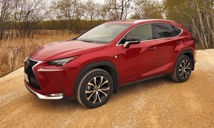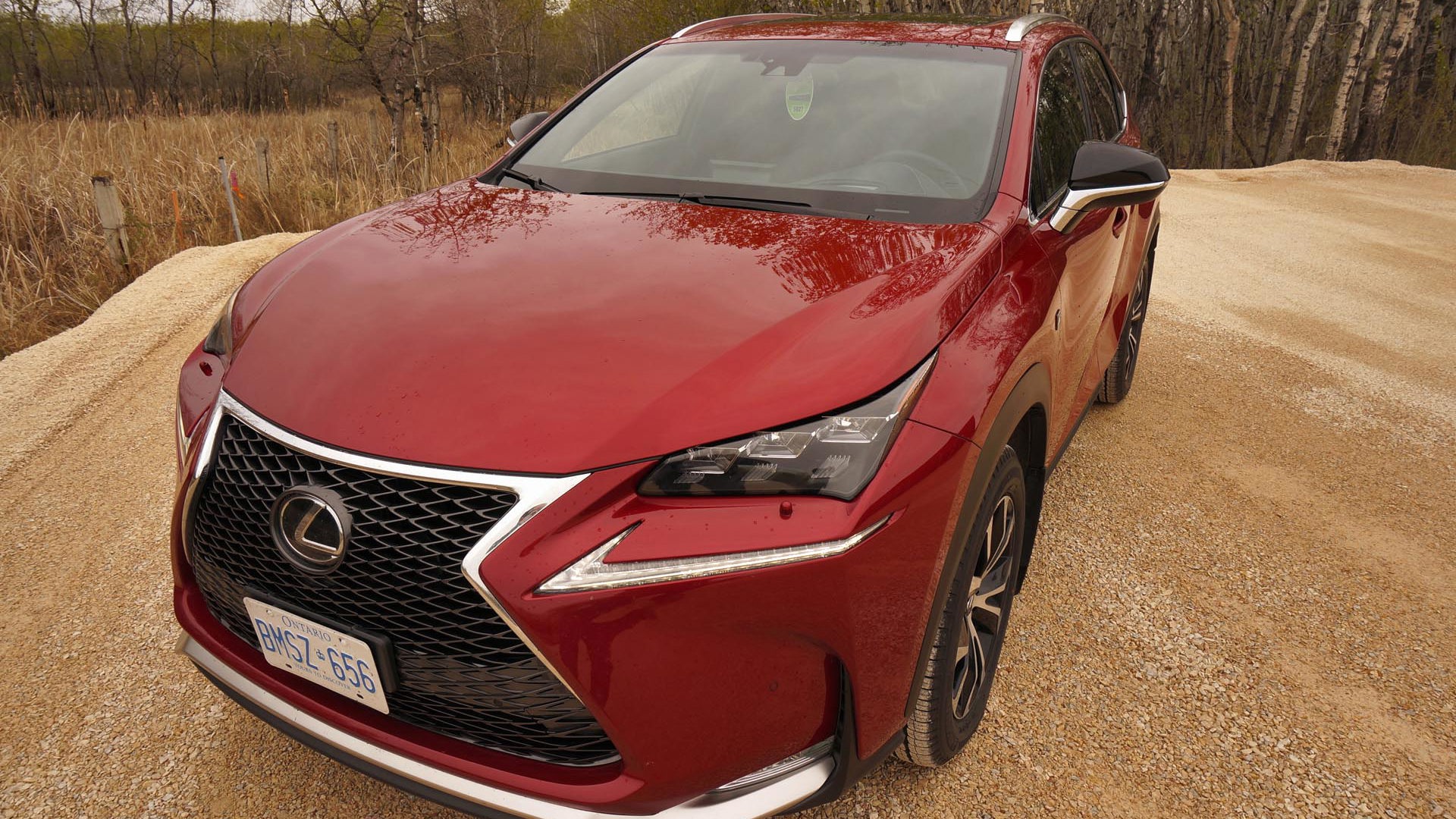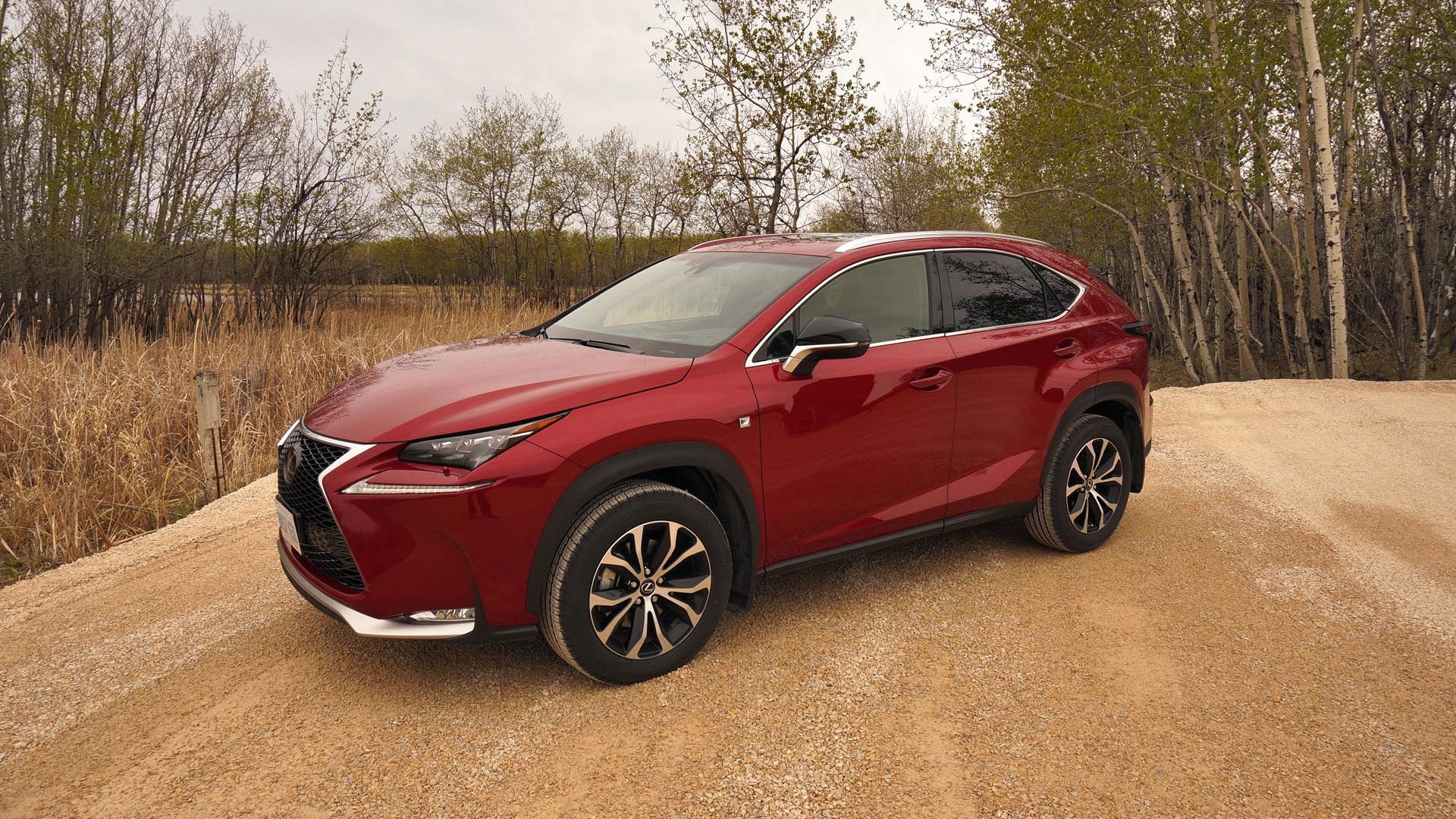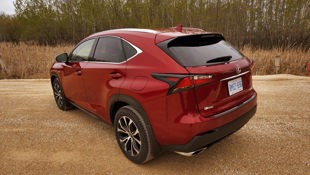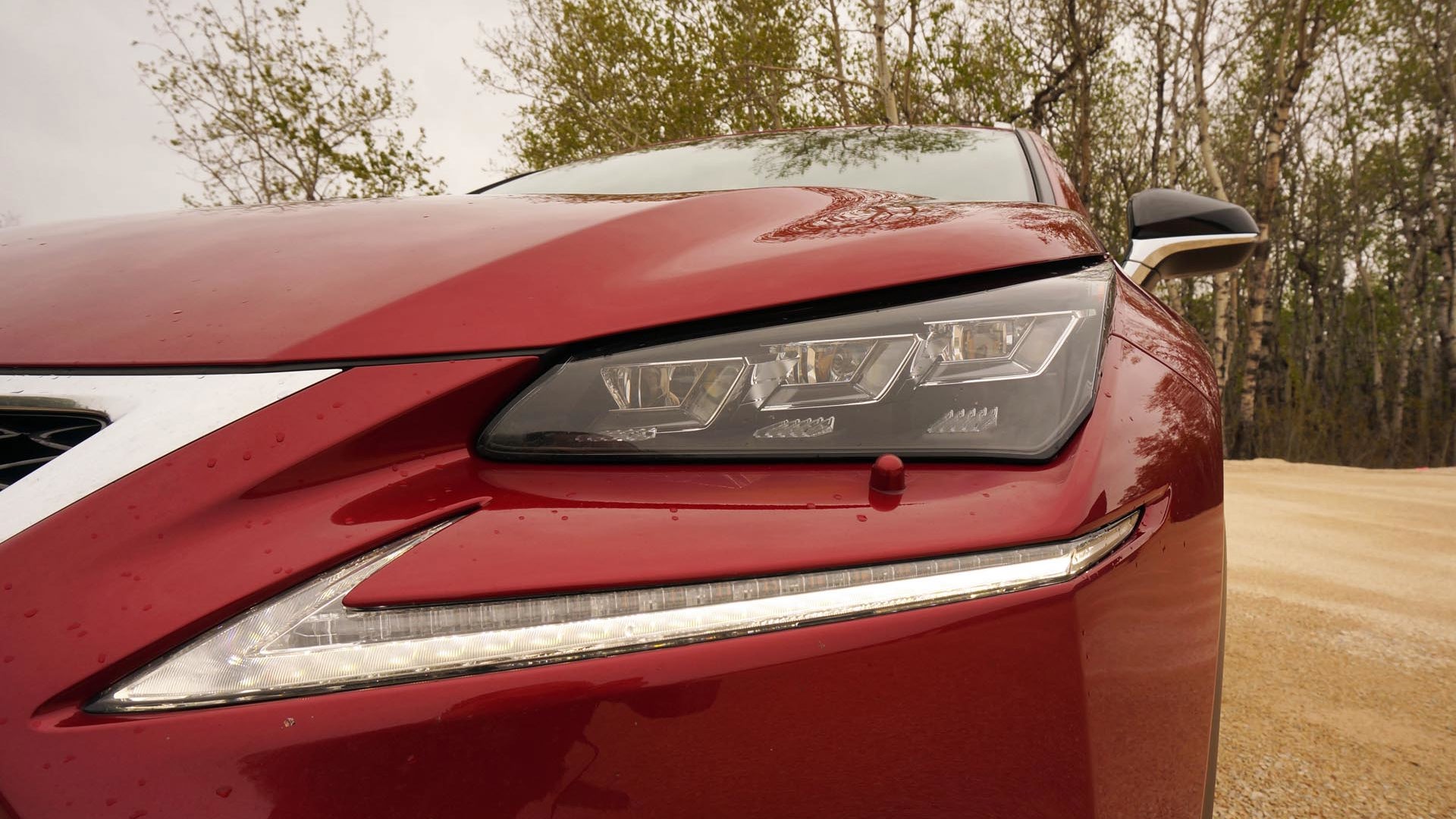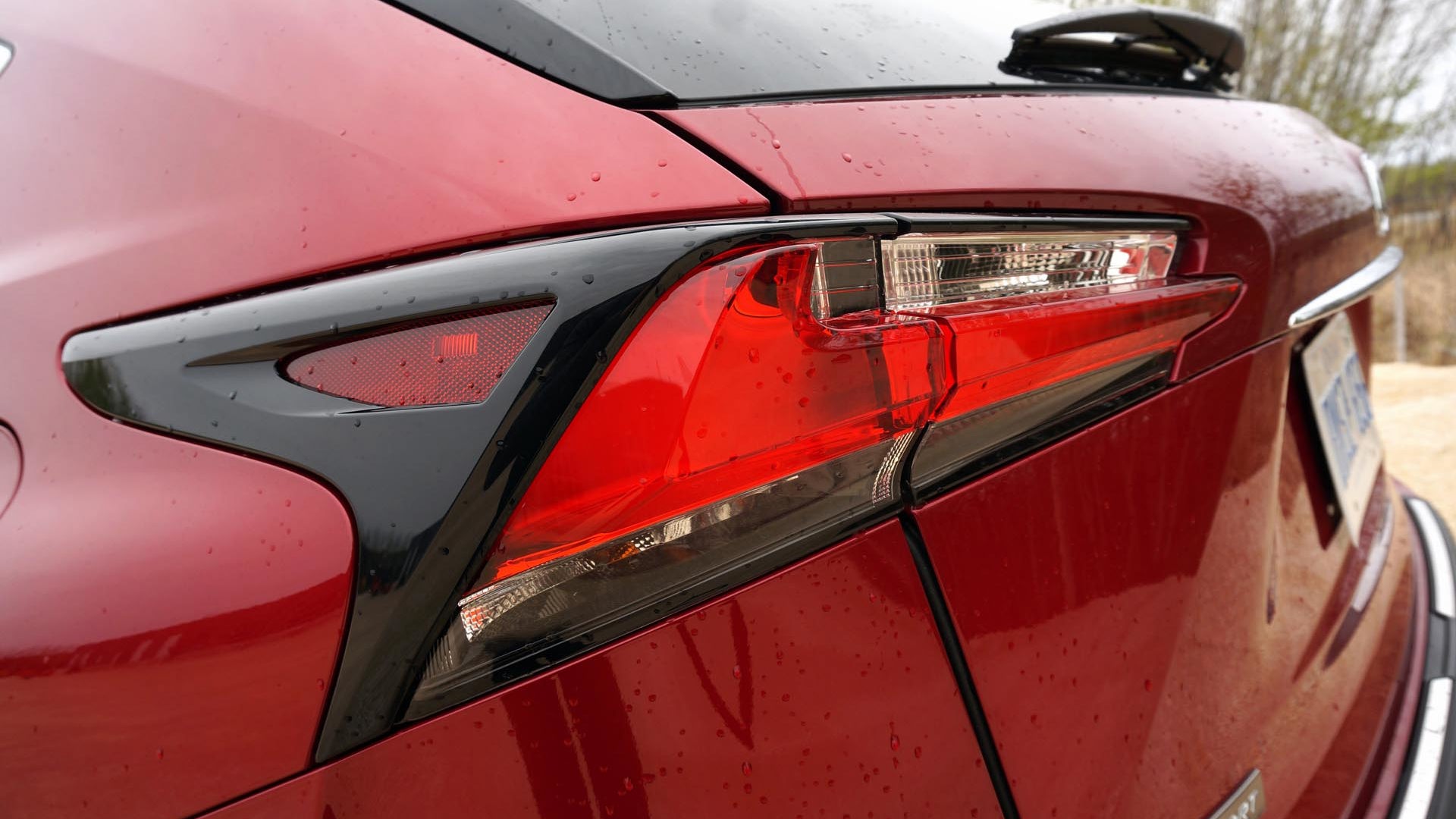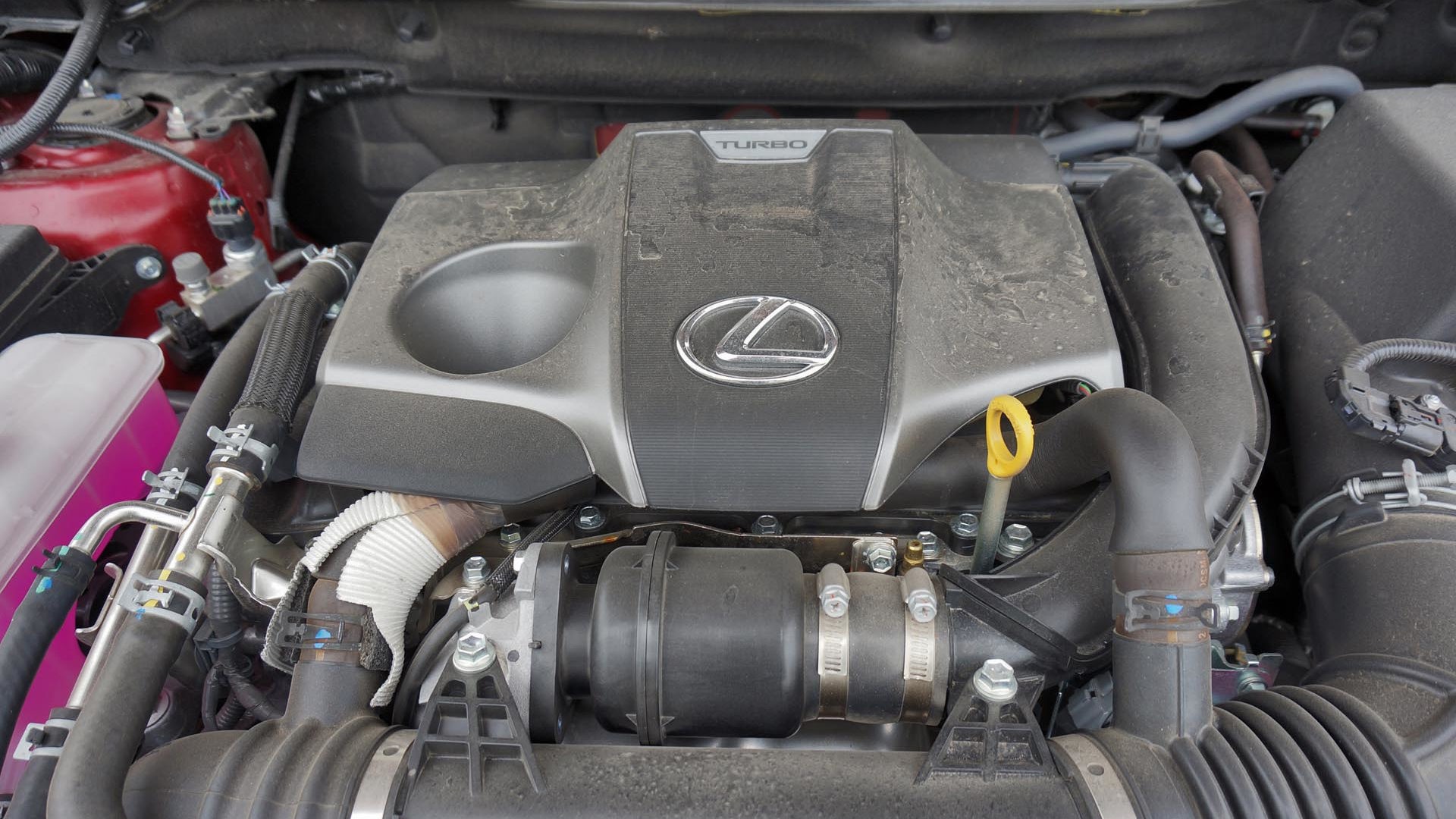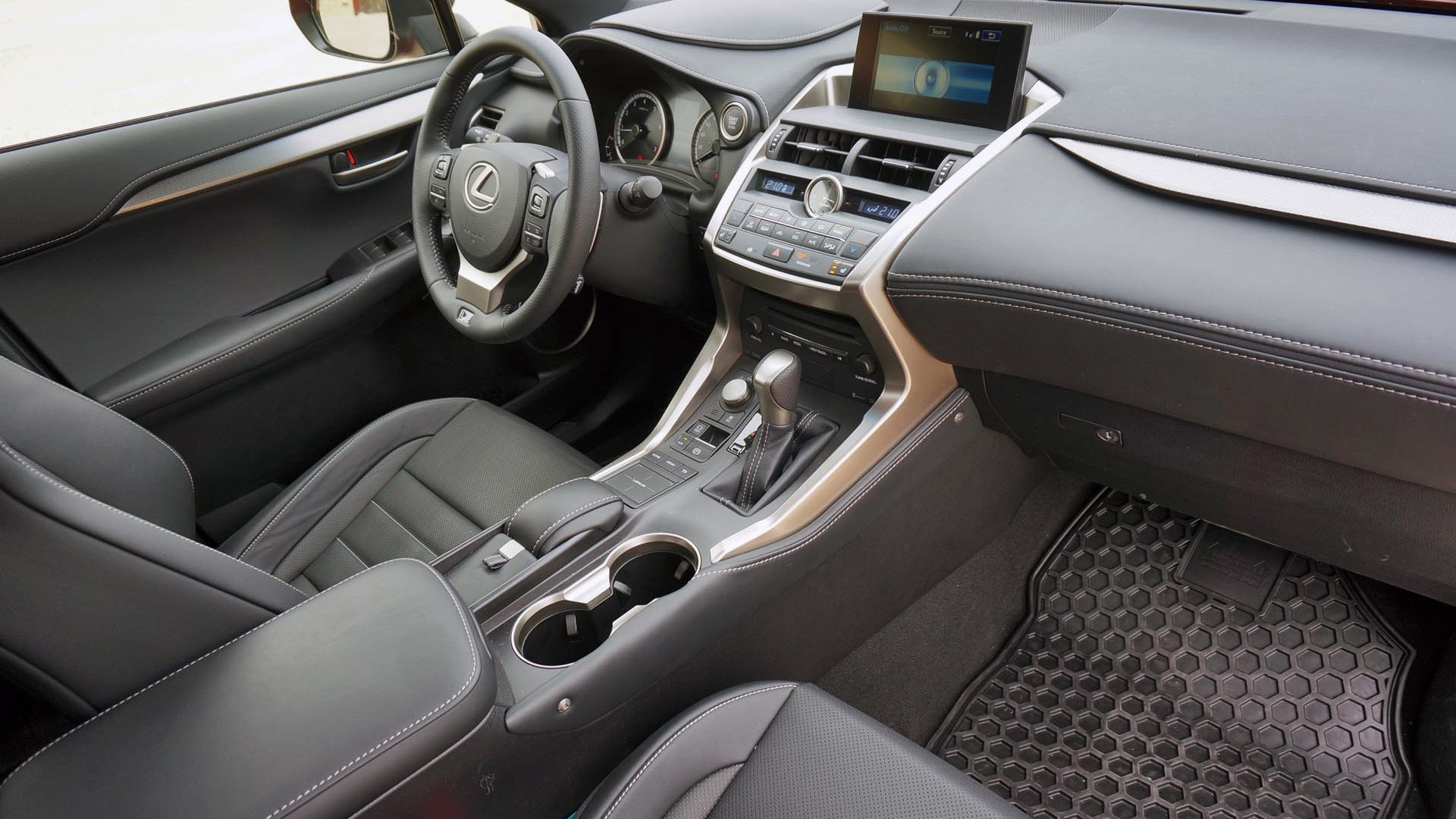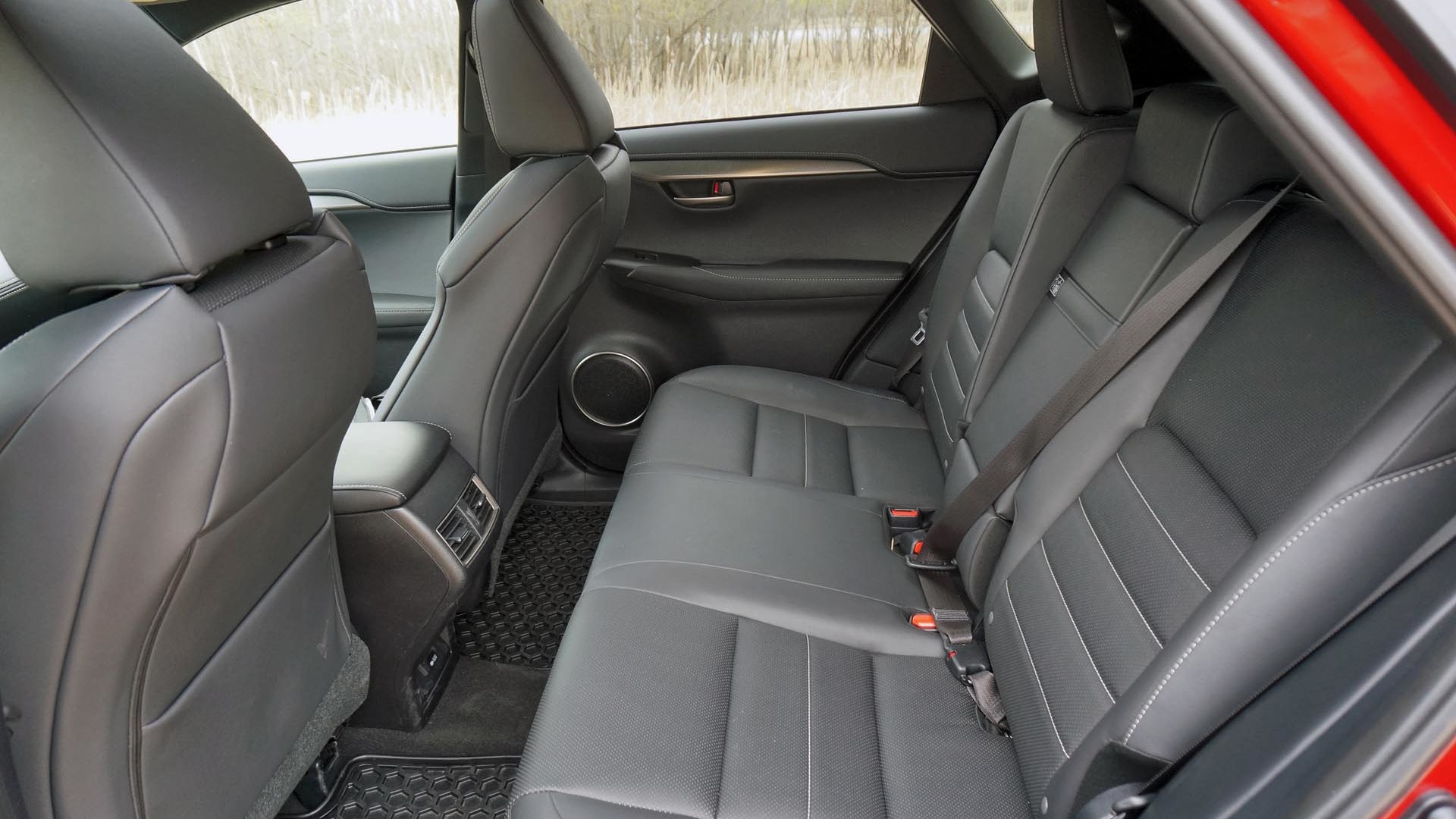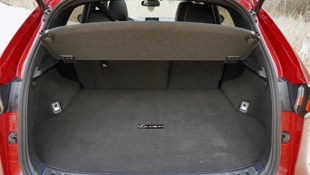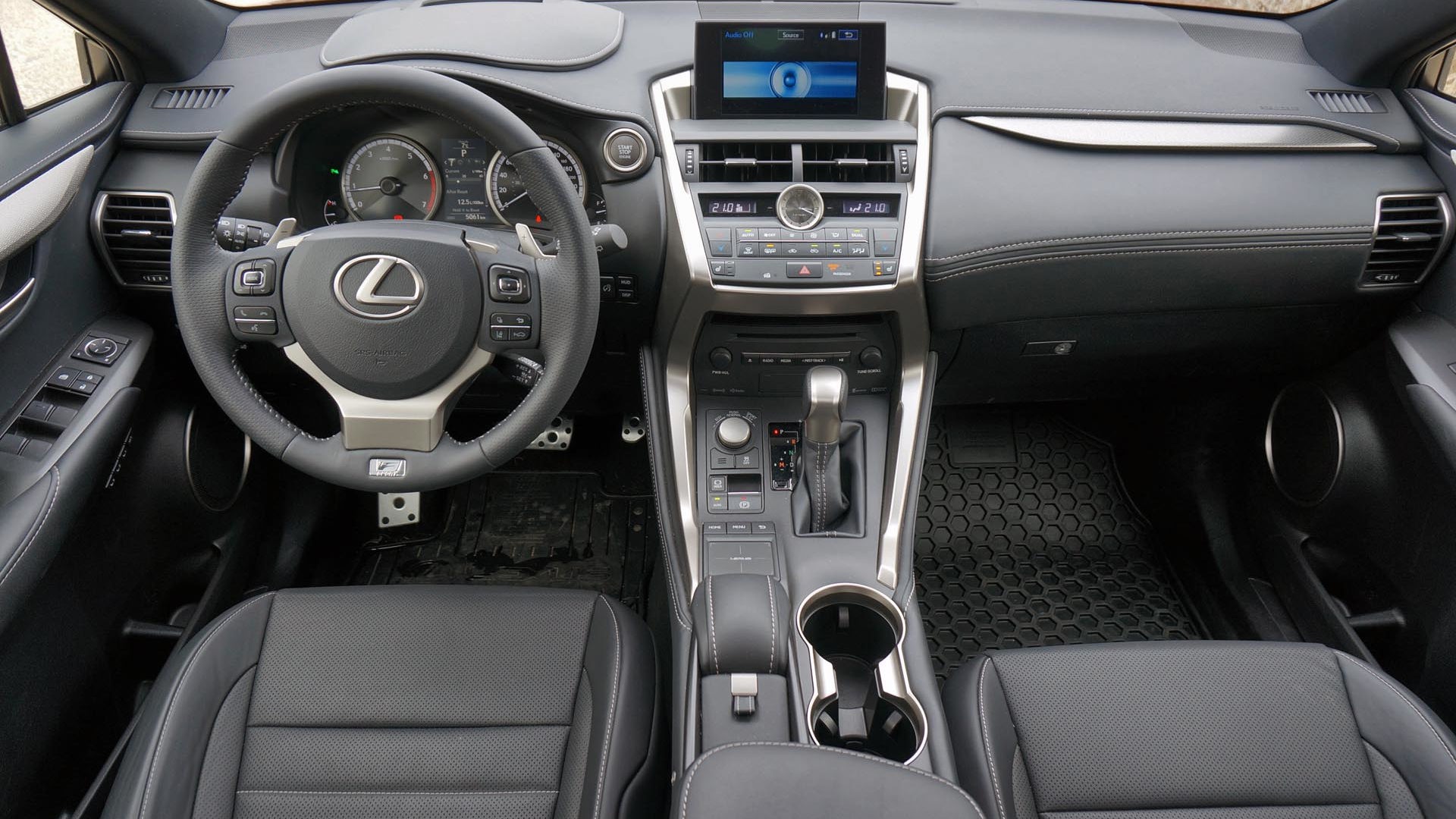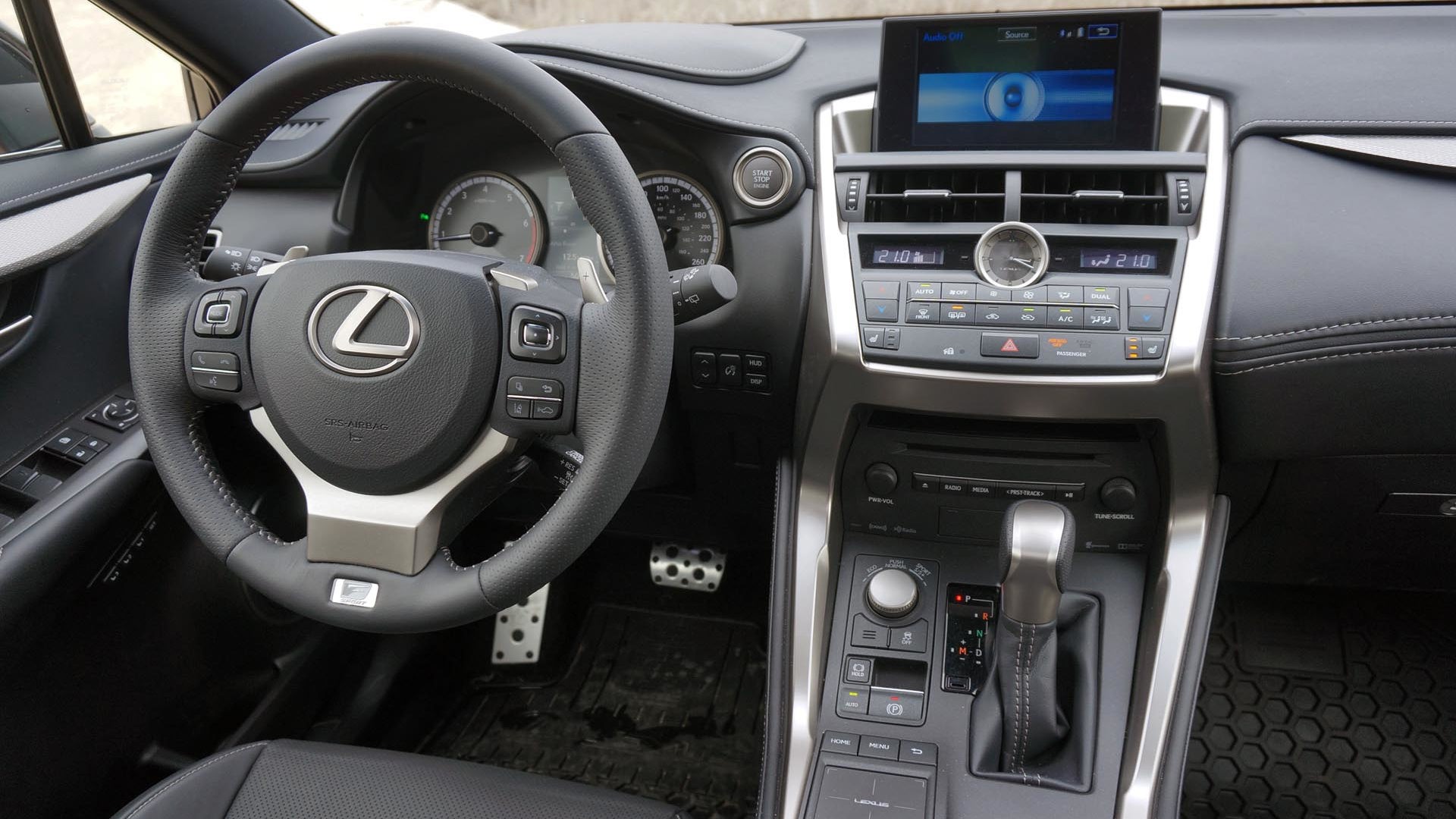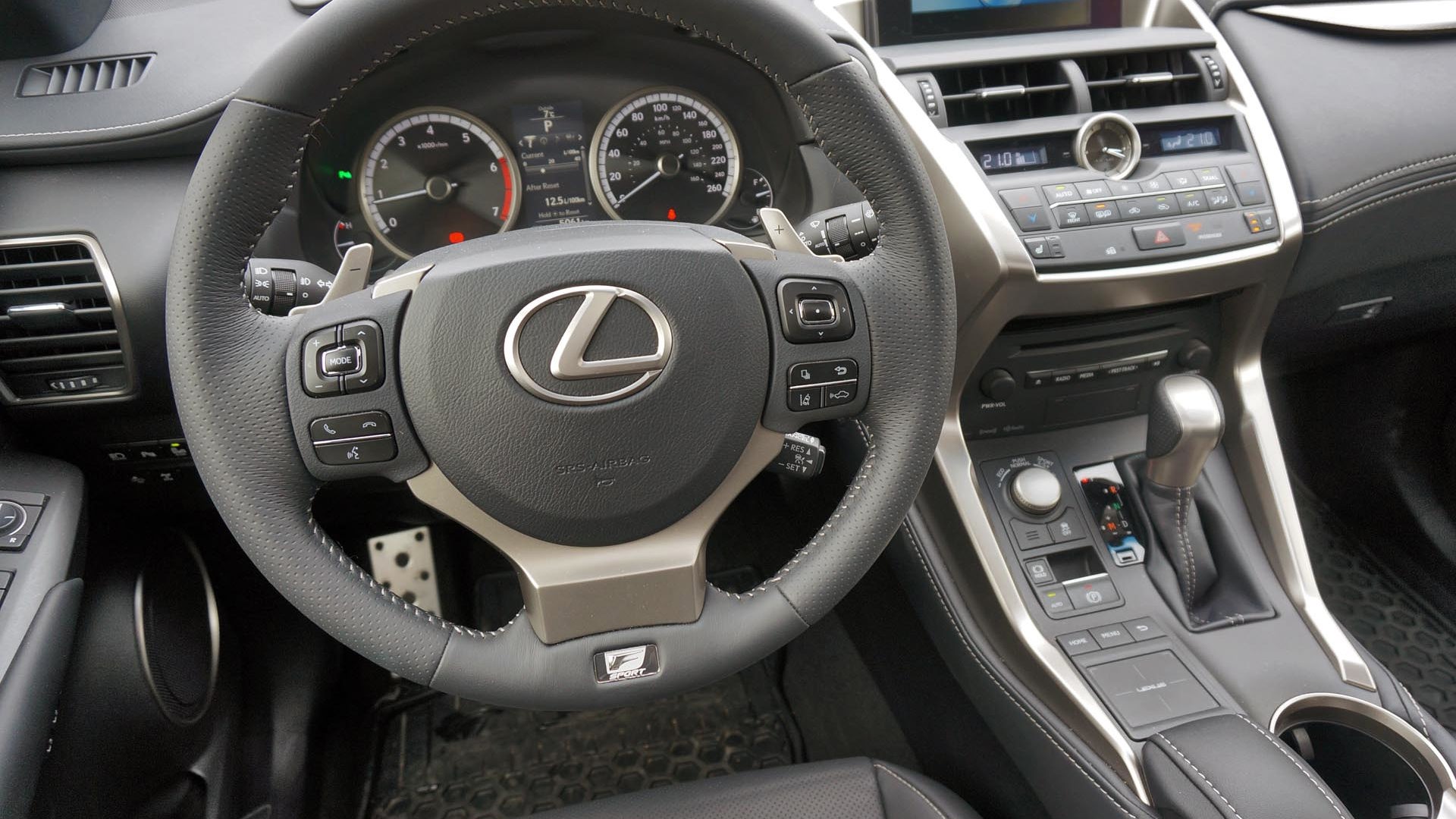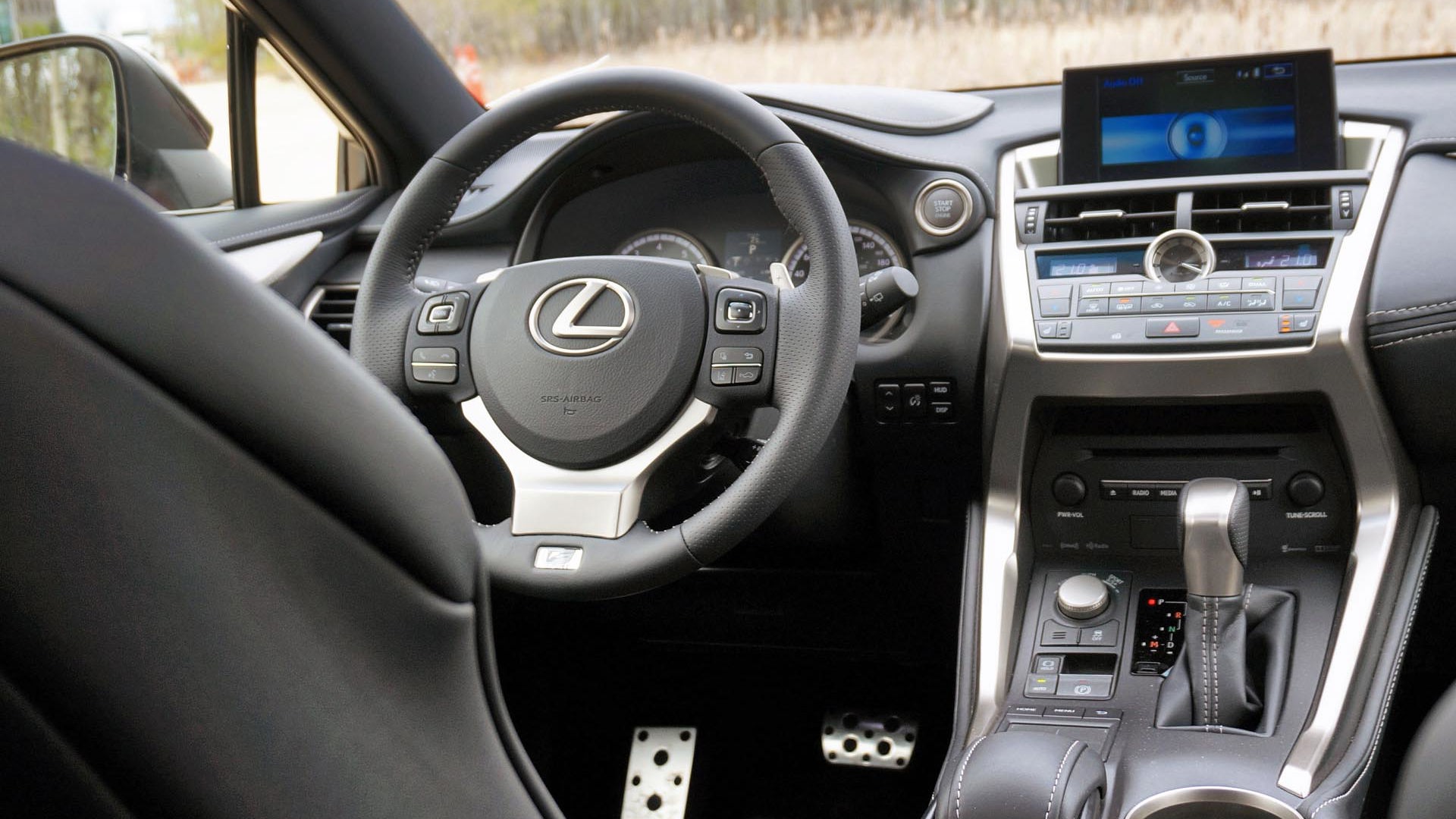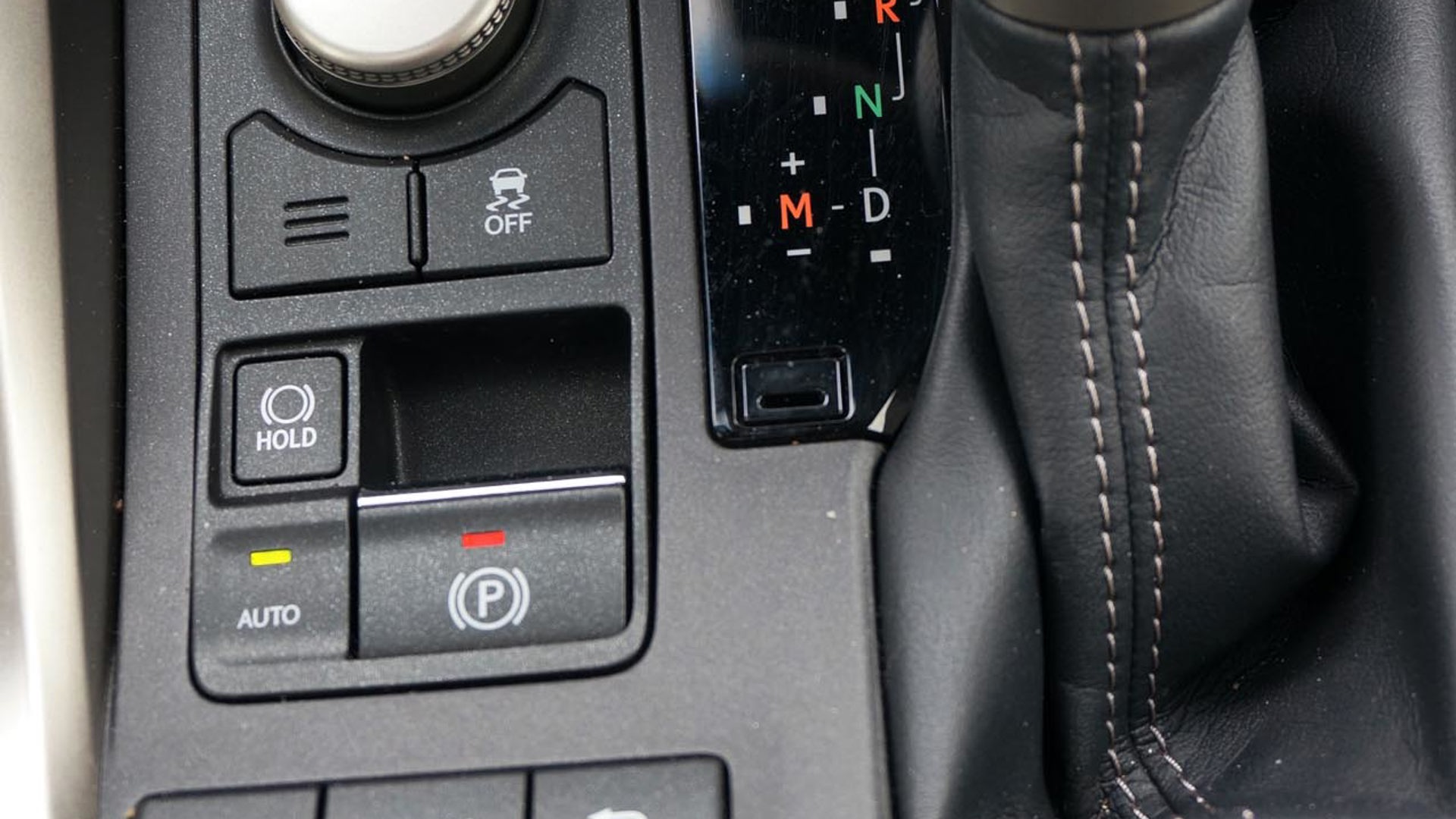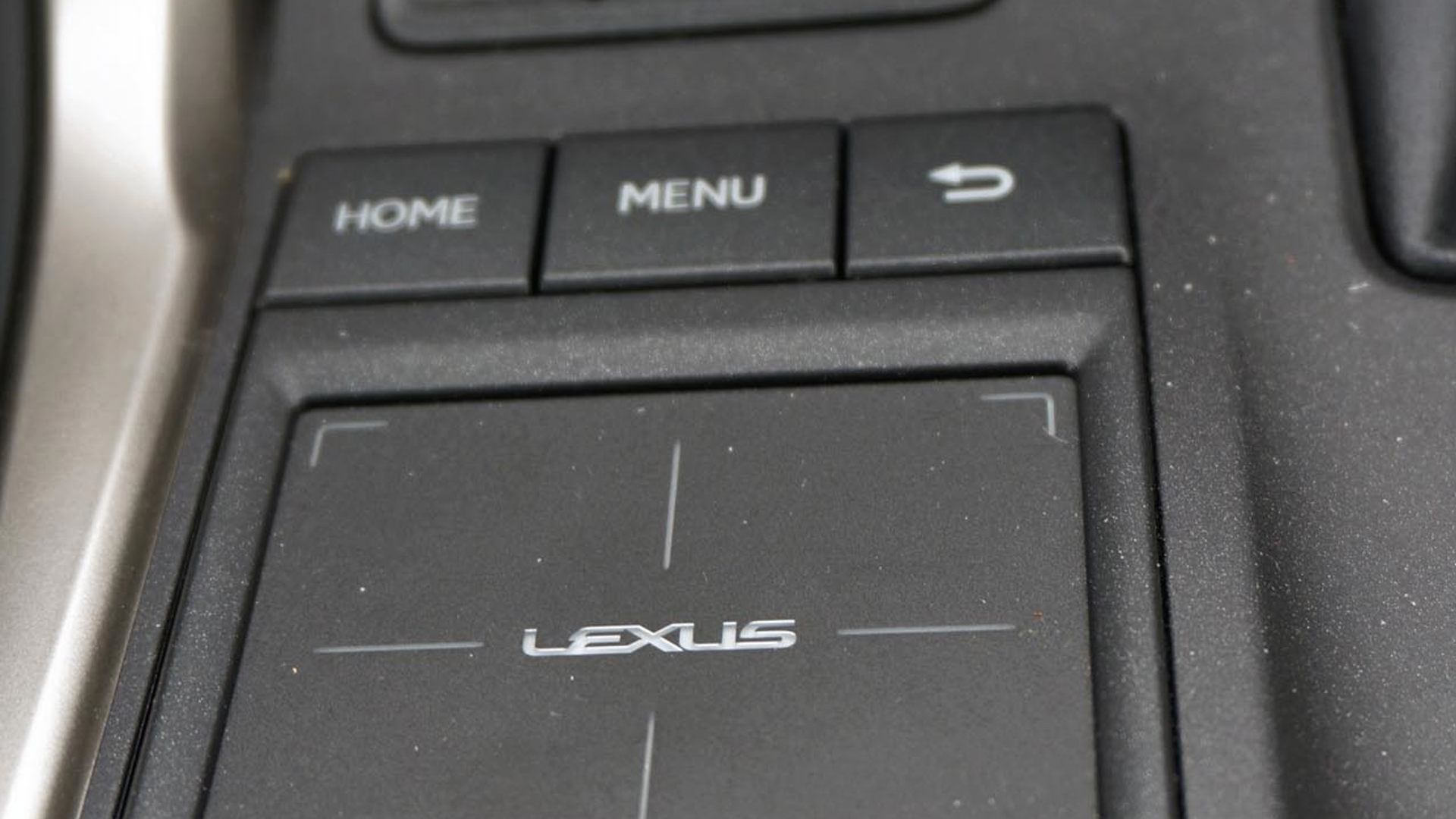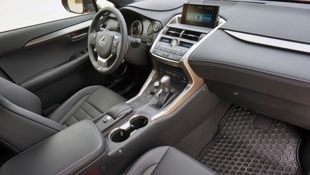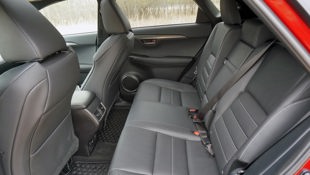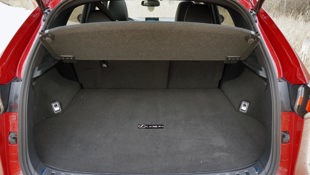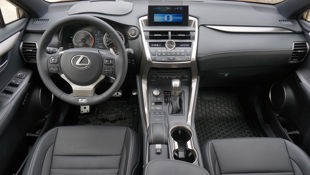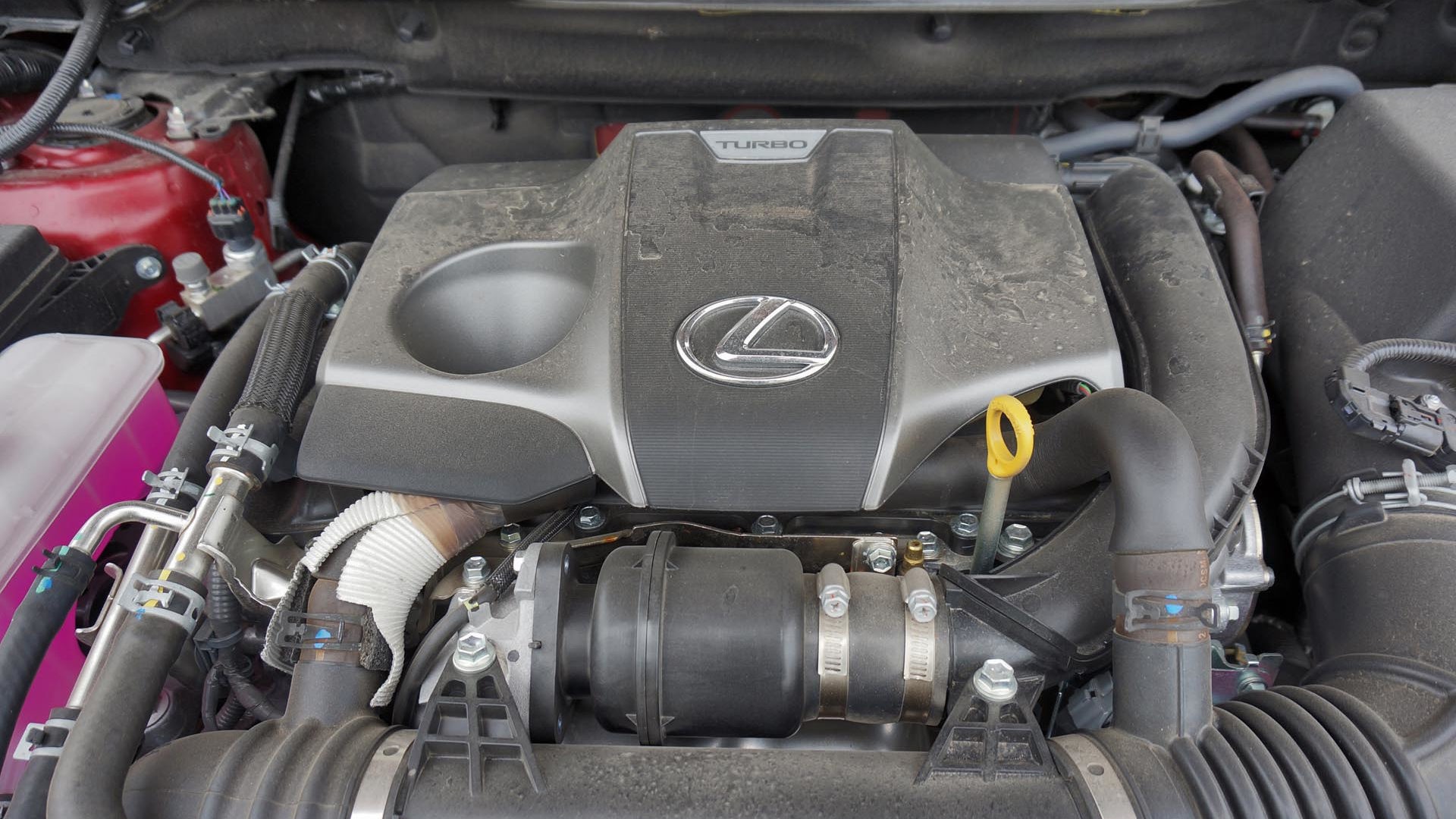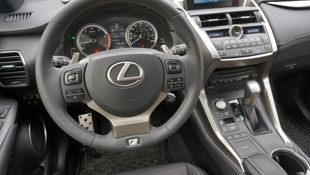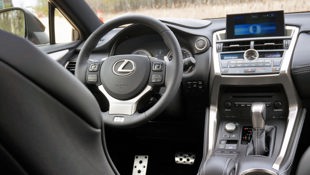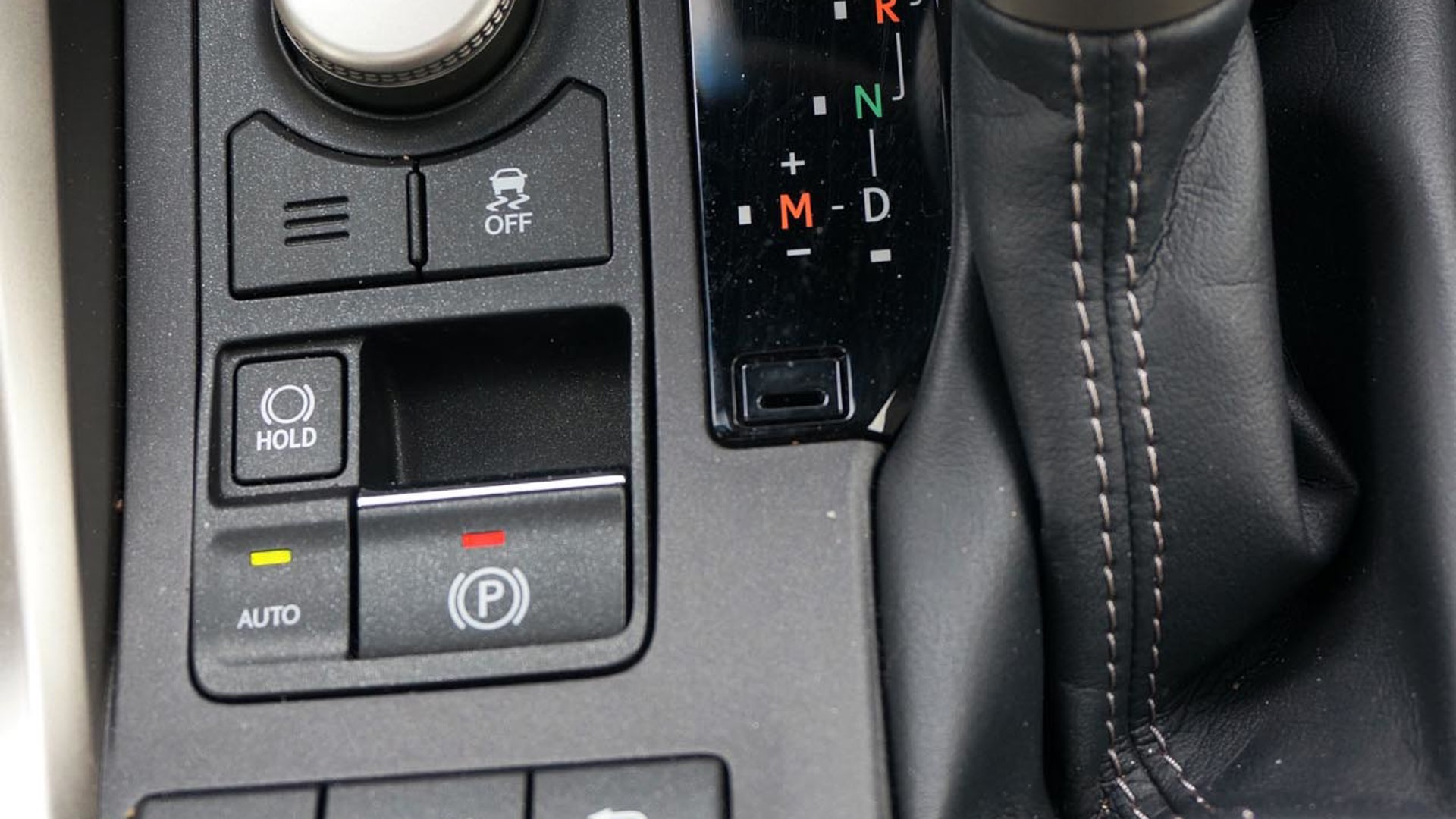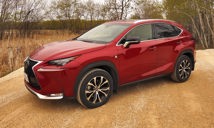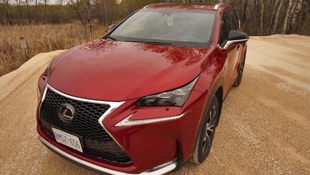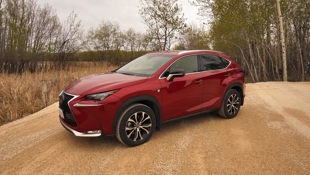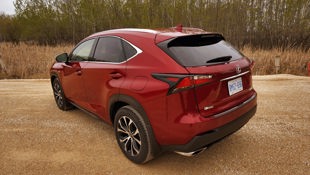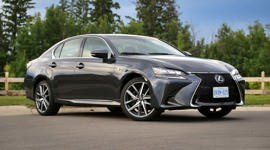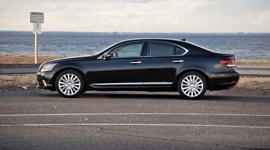I’ve never found the letters NX to be the most inspirational when it comes to naming a vehicle. Nissan tried it in the eighties and nineties, first with the Pulsar NX, then simply the NX. The NX 2000, despite its lacklustre name, was a bit of a sleeper with its nimble handling and energetic four lifted from the Sentra SE-R of the day. Conduct a survey today, though, and you won’t find too many folks who remember it.
With the NX Lexus is saying loud and clear that they want to play in the sandbox too.
No harm, though, because with the new NX 200t from Lexus, Toyota’s luxury arm would prefer it if you didn’t think of that econo-ovoid of 25 years ago. Instead, they want you to think about a new and distinctive entry in an increasingly crowded market segment consisting of pint-sized utes with luxury nameplates. These ostensibly practical people movers have one job, and that is to provide an entry point for aspiring owners of premium-branded rides who don’t want a sedan.
This is a very new segment, one made necessary by the constant growth of those models that once held the entry level CUV label for their respective premium marques. But the Lexus RX, Audi Q5, BMW X3, and Mercedes ML have all moved up in terms of size and price, making space for this gaggle of newcomers to form a class that saw its inception only three years ago: BMW X1, Audi Q3, Mercedes GLA, and Range Rover Evoque are all that age or younger, and with the NX Lexus is saying loud and clear that they want to play in the sandbox too.
I refer to these as pint-sized CUVs because the competitors in this class have surprisingly small cargo holds. Lift the aggressively raked hatch of the NX, for example, and you’ll find but 500 litres of volume behind that rear seat, or appreciably smaller than the already diminutive VW Tiguan. Such a limited cargo volume may give some folks pause if they are looking at the NX (or any of its competitors) as a primary family hauler.
But there’s no denying the distinctive design language that Lexus is using of late. While the signature spindle grille has made its way into every model in the lineup, the individual success of each translation varies widely to these eyes. Not as successful are the CT hatchback and GX SUV, and at the other end of this spectrum sit the RC coupe and this new NX crossover. With these two vehicles the proportions are just right, and it’s evident that the spindle is part of an overall design theme rather than being forced to fit on an existing model to make a family resemblance.
The design is busy, to be sure, with complex lighting designs front and rear and lots of creases to make light reflect off the body just so. Such intricate bodywork provides a level of depth to the finish that would otherwise not be seen.
Step into the driver’s seat and there is more of the same: the IS/RC resemblance is immediate, and reflective of Lexus’s desire to reduce the median age of its customers. The cockpit has a low-slung, sporty appearance yet manages to incorporate the expected Lexus luxe feel. It’s not immediately obvious when sitting in the front seat that this isn’t a sports coupe.
Thankfully there isn’t a square inch of wood to be seen in the NX’s cockpit, but that’s because this is an F-Sport. Those who want a bit more Lexus tradition in the NX will need to order a Luxury or Executive model to get the wood treatment. But I can assure you that the silver diamond patterned trim in our tester was very nice indeed.
The driver is treated to intimate surroundings with a focus on controls being where they’re expected. Though I’d choose a touchscreen in an instant over any knob-controlled user interface, Lexus has come up with a winner. No, it’s not a touchscreen, but it is controlled by a touch pad that is positioned behind the shifter for a natural reach. One doesn’t need to look down to the console to find it, and the haptic feedback provided by the touch pad aids in lessening driver distraction while accessing various functions of the user interface.
And in a refreshing switch from the Honda CR-V I recently drove, the voice command system excels in actually working the way it’s expected with very little in the way of unsuccessful commands.
The NX line starts at $41,450 for the NX 200t. As expected, there is a generous dose of standard kit that can be supplemented by extras that can add nearly 50 percent to the bottom line. But for that starting price buyers are treated to selectable drive modes, dual zone climate control, eight-speaker audio, heated faux-leather seats, rear-view camera, auto-dimming mirrors, keyless operation, windshield wiper de-icers, and LED daytime running lights.
The $44,900 Premium adds 18-inch alloys over the standard 17s, a heated steering wheel, auto-dimming mirrors, power liftgate and moonroof, and a 120V power outlet. Add another $5,550 for the Luxury pack and that’ll net buyers a navigation system with Lexus’ slick Remote Touchpad Interface, 10-speaker audio, real leather on the seats, a blind-spot monitor with rear cross traffic alert, parking sensors, and rain-sensing wipers.
But wait, there’s more: the Executive is $53,250 and includes power folding rear seats, a wireless phone charger, heads-up display, automatic high beams, lane departure alert, radar cruise control, and Lexus’s pre-collision system.
But the Luxury and Executive models are for the traditionalists. There’s another branch to the NX lineup, and one that is more interesting to me. Rather than go the conventional route, customers can choose F-Sport in one of two flavours.
The F-Sport Series 1 goes for $50,850 and has the navigation system and rain-sensing wipers found in the Luxury, but includes F-sport specific upholstery, and interior accents, silver interior trim (rather than wood), tighter suspension and steering settings, unique 18-inch wheels. F-Sport Series 2 adds many of the items found in the Executive, but also includes adaptive variable suspension to the mix.
Our tester was this top-line sport model, the F-Sport 2, and had on it a sticker price of $53,550 before destination and taxes. Consistent with Lexus model structuring, there are no individual options (other than dealer-installed accessories) available.
There’s also a hybrid NX 300h model available, but at a starting price of $59,450 it’s a six grand premium over the loaded 200t and only four grand less than the larger RX hybrid. I’m not quite sure how that happened.
But back to the NX 200t, which is the first production Lexus with a turbocharged engine. Lexus makes a bit of a big deal about this, but since most other luxury marques (and mainstream ones too, I might add) have been using turbocharged mills for eons, I’m not sure I would want to advertise being last to the party with something. The formula is familiar too: at 2.0 litres, the engine uses direct injection and that forced induction to pump out 235 hp and a heady 258 ft-lb of torque. The NX’s aforementioned competitors also use two-litre direct-injected turbos to produce between 200 and 240 horses.
Not as familiar, though, is this engine’s use of the Atkinson cycle, a technology more commonly associated with hybrids. While the Atkinson engine is praised for its efficiency in extracting all of the available energy thanks to more complete combustion of fuel with its unequal compression and expansion strokes, it’s also known for producing lower torque than a more conventional Otto-cycle engine of the same displacement. That’s what makes it well suited to being a part of a hybrid powertrain, where the system’s battery can effortlessly shore up the engine’s low-speed power deficit.
But in this turbocharged Lexus, no such low-speed power assist is available; instead the engine slugs through a bit of turbo lag before the twin scroll turbo spools up and contributes meaningfully to forward motion. While peak torque sits on a plateau between 1,650 and 4,000 rpm, power delivery just isn’t as broad as that provided by competing turbocharged fours. And the expected fuel consumption advantage doesn’t materialize: at 10.8 L/100 km in the city and 8.8 on the highway, the NX sits right in the thick of its esteemed competitors in that department.
Add to the relatively peaky power delivery an overzealous traction control system and a very front-biased all-wheel drive system, and it becomes difficult to make aggressive driving seem smooth. The front-biased feel came as a surprise to me, as Lexus identifies the NX’s all-wheel drive system as a “dynamic torque control” system that is capable of pre-loading its front differential. I suppose that helps while accelerating through corners, but it’s still a part-time system that transfers power rearward only after slippage has occurred.
The turbocharged four makes use of a six-speed automatic transmission with paddle shift; the unit is quite capable of knowing where to be and when so for the most part I ignored the paddles, as I do with most faux shift-it-yourself setups. It needs to be a truly sporting vehicle for the paddles to become relevant to this writer.
The NX walks the fence on that matter, however, since the chassis seems to be a willing partner and the driver is given more control than expected, particularly in this F-Sport version. The NX has adaptive variable suspension which can adjust its damping characteristics based on the driver’s selected mode, which could be normal, sport, or, in this model, sport +. Each mode has more aggressive throttle/transmission/suspension settings than the last that give the NX a more playful demeanour.
The overall result, despite being held back a bit by the powertrain, is that the NX is willing to come out and play when the opportunity presents itself.
Some NX models are equipped with a Qi wireless charging pad in the centre console armrest. A cool feature, and one that I would have liked to try except that my iPhone 5 isn’t compatible with the wireless charging system. Most new Android devices won’t have a problem though, and I suspect such a compatibility will only increase over time.
With the NX, Lexus has jointed a rapidly growing market segment with a distinctive entry that has surprising dynamic capabilities to match its cutting edge styling and technology.
| Warranty: 4 years/80,000 km; 6 years/110,000 km powertrain; 6 years/unlimited distance corrosion perforation; 4 years/unlimited distance roadside assistance Competitors: |
| Model Tested | 2015 Lexus NX 200t F-Sport |
|---|---|
| Base Price | $53,550 |
| A/C Tax | $100 |
| Destination Fee | $2,045 |
| Price as Tested | $55,909 |
|
Optional Equipment
$214 (block heater)
|
|
